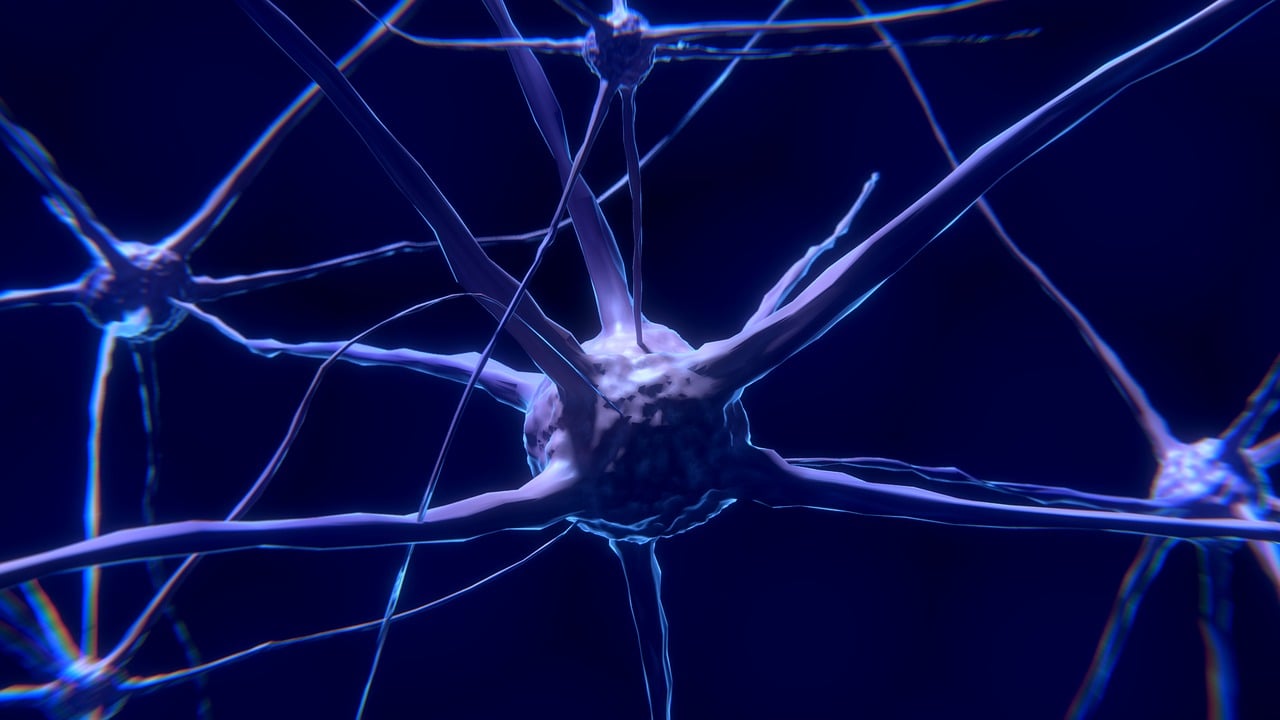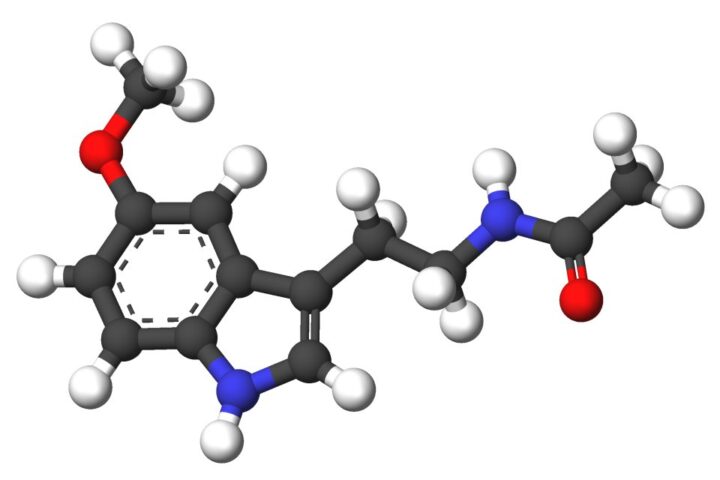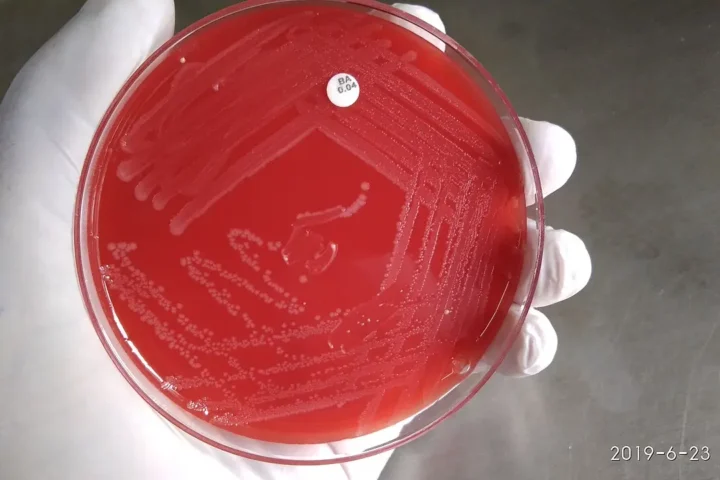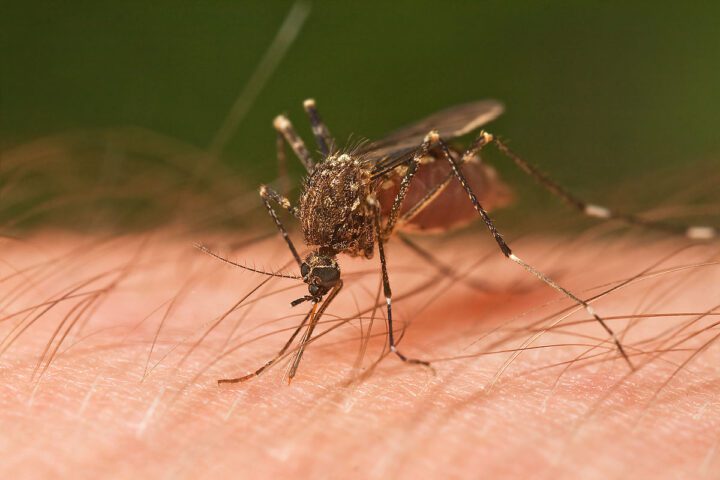In a groundbreaking discovery, researchers have identified 25 genes believed to cause Obsessive-Compulsive Disorder (OCD), offering new hope for better treatments and earlier diagnosis of this debilitating condition.
The largest-ever study of OCD genetics compared DNA from over 53,000 people with OCD to about two million people without the condition. This massive research effort pinpointed specific genes that play a direct role in how OCD develops in the brain.
“We found a really large number of genes which are shared with anxiety disorders, depression and also with anorexia nervosa,” says Professor Eske Derks, senior researcher at QIMR Berghofer’s translational neuro-genomics laboratory. “Hopefully, it’s quite reassuring for patients with OCD that this is something that has a biological component.”
The study revealed these genes are particularly active in brain areas that control planning, decision-making, and emotions. Surprisingly, researchers also found connections to the hypothalamus – the brain region that turns emotions into physical responses – opening up new understanding of how OCD affects the body.
Similar Posts
For the many Australians living with OCD, this research brings promise. OCD forces people into unwanted thoughts and repetitive behaviors, from excessive hand-washing to constant checking of locks and appliances. The World Health Organization ranks it among the top 10 most disabling conditions globally.
Clinical psychologist Emily O’Leary, who specializes in OCD treatment, points out that people currently wait an average of 10 years between first symptoms and getting help. “Early intervention is usually linked with better outcomes,” she notes. “The longer someone lives with OCD, the harder it can be to treat.”
The genetic findings open doors for developing more targeted treatments. While current therapies like medication and psychological support help many patients, having specific genes to study means scientists can now look for new drugs that might work better.
The research also showed unexpected connections between OCD and immune system conditions. People with OCD-linked genes had higher chances of developing asthma and migraines, but lower risk for inflammatory bowel disease. This suggests the immune system might play a previously unknown role in OCD.
Dr. Carol Mathews, who studies OCD, emphasizes the serious nature of OCD: people with the condition have a 30% higher chance of dying early from natural causes like infections, and three times the risk of early death from accidents or suicide.
While no single gene causes OCD on its own, this genetic map gives scientists their clearest picture yet of how the condition develops. For families affected by OCD, understanding its biological roots could help reduce stigma and lead to faster diagnosis and more effective treatments.

The research team now plans to use these genetic discoveries to search for existing drugs that might help OCD patients, potentially offering new options for those who don’t respond well to current treatments. However, they note that more funding will be needed to turn these findings into practical solutions.
This genetic breakthrough marks a crucial step forward in OCD research, offering hope for millions worldwide who live with this challenging condition. As scientists continue studying these newly identified genes, their work could transform how we understand and treat OCD in the years ahead.
FAQ
Frequently Asked Questions
Researchers identified 25 specific genes that directly contribute to OCD development. This discovery came from the largest-ever genetic study of OCD, comparing DNA from over 53,000 people with OCD to approximately 2 million people without the condition. These genes are particularly active in brain areas that control planning, decision-making, and emotional responses.
The study found that OCD genes are shared with anxiety disorders, depression, and anorexia nervosa. This genetic overlap explains why people with OCD often experience these related conditions and why similar treatment approaches can sometimes be effective across different mental health disorders.
Currently, people with OCD wait an average of 10 years between experiencing first symptoms and receiving proper treatment. This delay occurs due to various factors including lack of awareness, misdiagnosis, stigma, and limited access to specialized care. Early intervention typically leads to better outcomes, making this delay particularly concerning.
The research revealed unexpected connections between OCD and immune system conditions. People with OCD-linked genes have higher chances of developing asthma and migraines, but surprisingly lower risk for inflammatory bowel disease. Additionally, people with OCD face a 30% higher risk of early death from natural causes and three times the risk of early death from accidents or suicide.
Yes, this genetic breakthrough opens doors for developing more targeted treatments. Scientists now plan to use these discoveries to search for existing drugs that might help OCD patients, particularly those who don’t respond well to current therapies. Having specific genes to study means researchers can look for new medications that work more effectively than current options.
No, having these genes doesn’t guarantee someone will develop OCD. The research shows that no single gene causes OCD on its own. Instead, OCD likely results from a complex interaction of multiple genes combined with environmental factors. This genetic map provides scientists with their clearest picture yet of how the condition develops, but it’s not a definitive prediction tool.


















